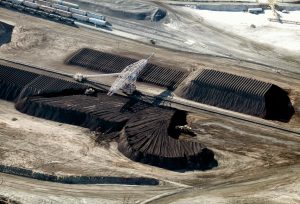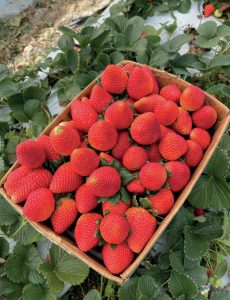
The year ahead – affordability vital
We look ahead at fertilizer industry prospects for the next 12 months, including the key economic and agricultural drivers likely to shape the market during 2023.

We look ahead at fertilizer industry prospects for the next 12 months, including the key economic and agricultural drivers likely to shape the market during 2023.

After two turbulent years, could the fertilizer market finally start to stabilise in 2023? Well, that’s what Dutch agricultural finance house Rabobank is predicting…

Market Insight courtesy of Argus Media. Urea: The market remained weak at the start of the year with urea prices falling as producers fought for liquidity. Egyptian product fell by $40/t to $495/t f.o.b. in a matter of days, while f.o.b. prices in the Middle East and southeast Asia similarly fell to around $440/t. Urea prices in many end-user markets also slumped: US prices fell over the course of the first week of January by $30/t, Brazil by $15/t and many European markets by around $20/t.

Yara International is to supply fossil-free fertilizers to El Parque Papas, Argentina’s largest potato grower, in 2023.

The global potash market has endured a tumultuous 18 months, says Andy Hemphill, senior editor for potash and sulphuric acid at ICIS Fertilizers. Export sanctions, high offer prices and buyer unrest persist as we enter 2023.

Last year saw global trade in all commodities have to take into account the potential loss of supply from Russia, a key exporter of many commodities. Sulphur was no exception, with prices swinging wildly across the year.

Market Insight courtesy of Argus Media

Yara International has approved a project to partly convert its Pilbara plant near Karratha in Western Australia to green ammonia production.

The ERCOSPLAN Group of Companies held an international potash symposium on 6-8 October 2022 at the Messe Erfurt Congress Centre in Erfurt, the capital of the German state of Thuringia. The overall theme of this year’s event was: the exploration, extraction and processing of mineral salts – as well as the creation and use of underground cavities in the saline host rock.

Small, soft fruits such as blueberries, raspberries and strawberries thrive on fertile, well-drained soils rich in organic matter. Their nutrient needs can vary widely according to yield expectations and soil characteristics.